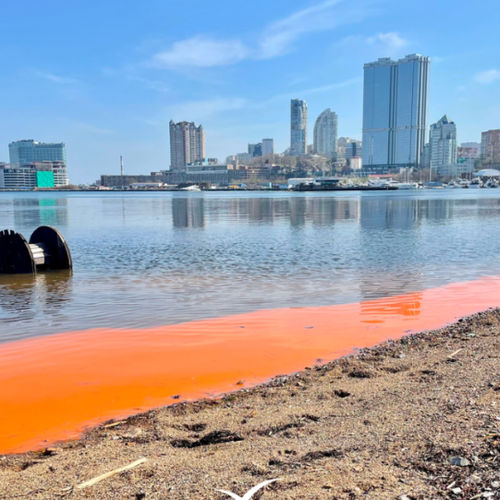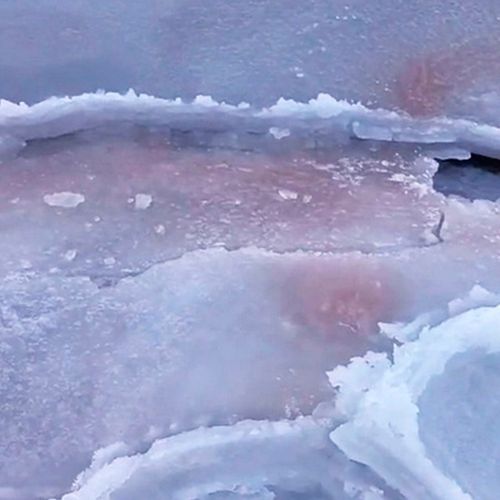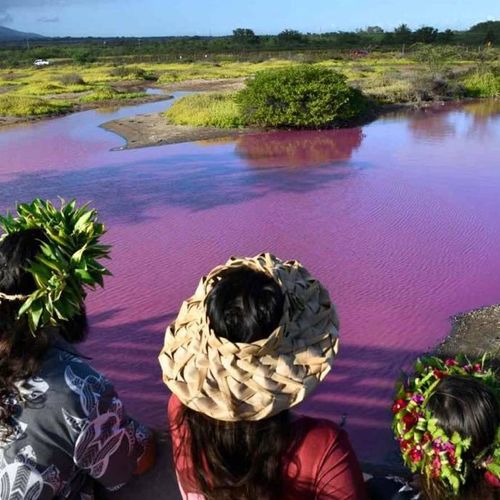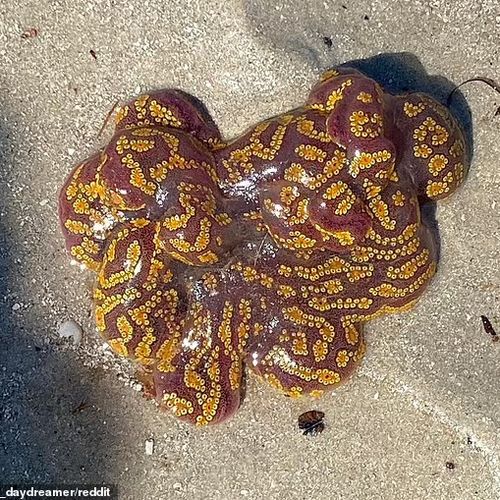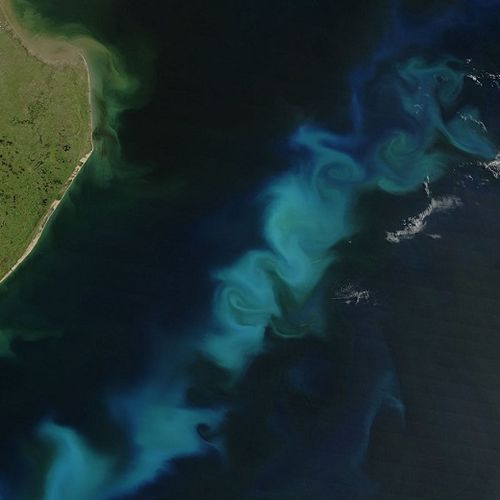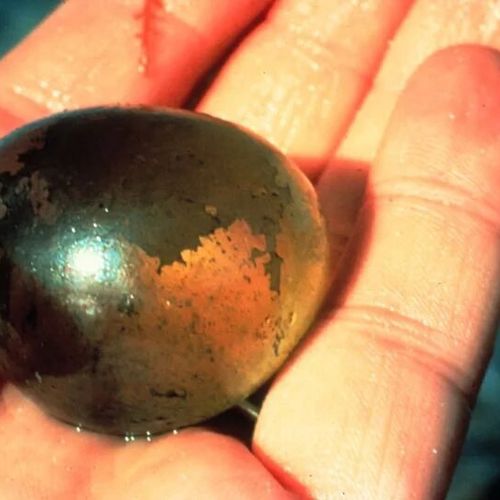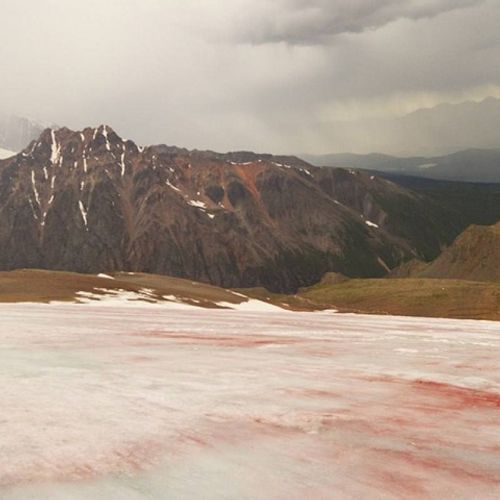
| Added | Wed, 09/08/2023 |
| Источники | |
| Дата публикации | Wed, 09/08/2023
|
| Версии |
An unusual natural phenomenon was discovered by scientists from Tomsk State University (TSU) during an expedition to the Altai: The Waterfall Glacier turned blood-red. It turned out that this Alpine glacier acquired a blood-red color due to a unique natural phenomenon - the mass flowering of red algae.
According to the head of the expedition and a well-known researcher of the Arctic flora and fauna Alexander Yerofeyev, this phenomenon attracted the attention of scientists due to its extraordinariness. According to the scientist, unicellular organisms that can exist at low temperatures emit red pigment in the course of their vital activity, coloring the surrounding world in an unusual shade.
This phenomenon, although well-known, does not occur every year and is of particular interest to scientists. As Alexander Yerofeyev notes, such a large-scale flowery height of algae on glaciers has not been observed for more than 10 years. An impressive accumulation of red algae on the surface of the ice has turned an ordinary landscape into a rare sight.
Researchers believe that the anomalous phenomenon of mass algal blooming was caused by a particularly snowy winter in the Altai Mountains. The delayed snow, which did not melt in the spring, created unique conditions for the reproduction and spread of red algae.
Experts believe that this phenomenon can have wide ecological consequences for Alpine ecosystems. They continue to monitor what is happening to understand how algae blooms can affect the biological diversity and microclimate of the surrounding area.
Новости со схожими версиями
Log in or register to post comments

